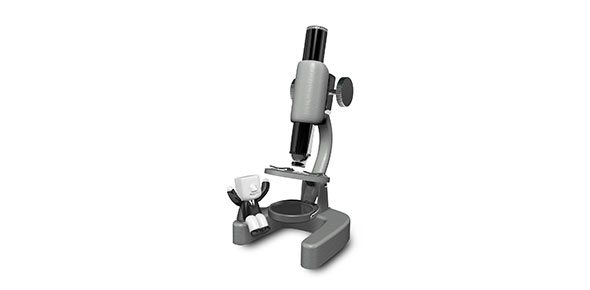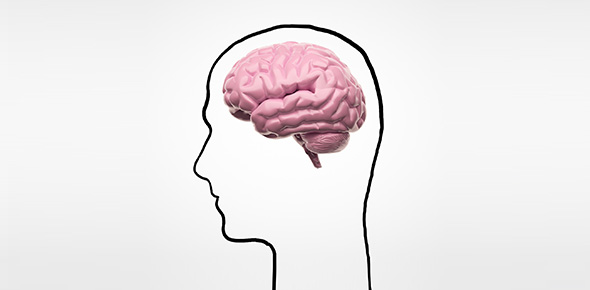Related Flashcards
Related Topics
Cards In This Set
| Front | Back |
|
What is a nerve?
|
A bundle of hundreds to thousands of axons, C.T and blood vessels that lies outside the braind and spinal cord.
|
|
Spinal Cord
|
Contains 31 pairs of spinal nerves
|
|
Ganglia
|
"Swelling or knot"
Small masses of nervous tissue, mostly body cells of neurons, outside the brain and spinal cord. Associated with cranial, spinal nerves. |
|
`Enteris plexuses
|
The extensive networks of neurons in walls of organs and GI tract.
|
|
Sensory receptors
|
Dendrites of sensory neurons, or separate, specialized cells that monitor chainges in internal, external environments.
Photoreceptors in retina of eye. |
|
Functions of nervous system
|
Carries out complex tasks: sensing smells, producing speech, providing signals that control body movments, etc.
|
|
Sensory function
|
Sensory receptors that detect internal stimuli:
Inc. in blood acidity External: raindrop landing on arm. |
|
Sensory (Afferent) neurons
|
Carry information from lower level to higher level in spinal cord and brain.
|
|
Integrative function
|
Intergrates (processes) sensory information by analyzing and storing some of it and making decisions.
|
|
Interneurons
|
Many neurons that participate in integration.
The axons extend only for a short distance, contact nearby neurons in brain, spinal cord or ganglion. |
|
Motor function
|
Responding to integration decisions.
|
|
Effectors
|
Cells and organs contacted by motor neurons in cranial and spinal nerves.
|
|
Central nervous system (CNS)
|
Brain and spinal cord: Thoughts, memories and emotions.
|
|
Peripheral nervous system (PNS)
|
All nerves, except brain and spinal cord. Include cranial, spinal nerves, their branches, ganglia and sensory receptors.
|
|
Axillary nerve
|
Supplies the deltoid and teres minor muscles.
|







